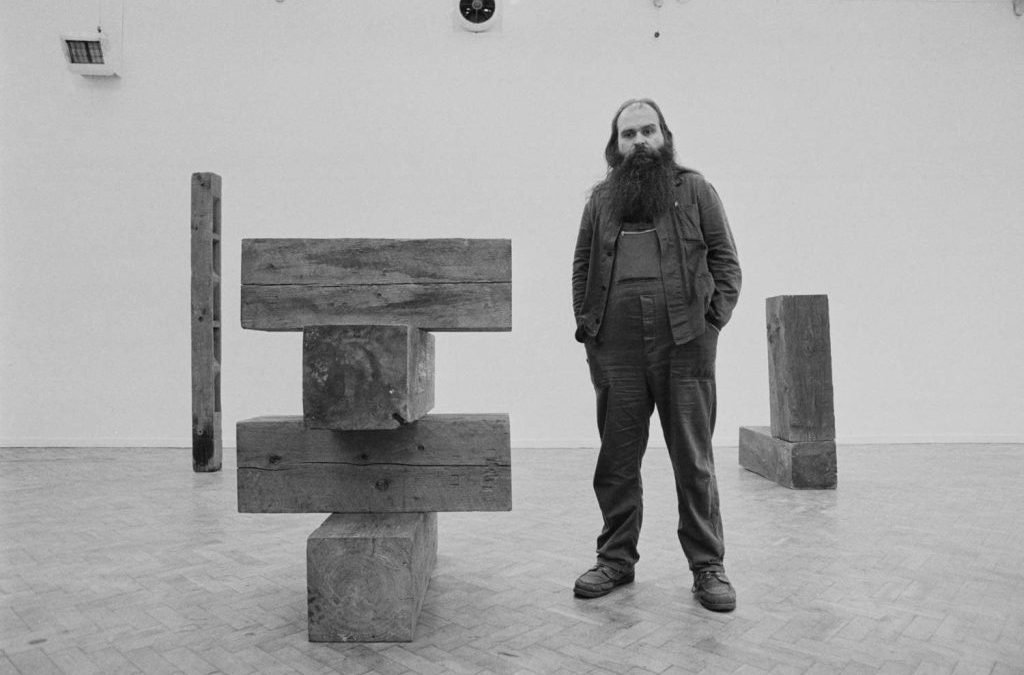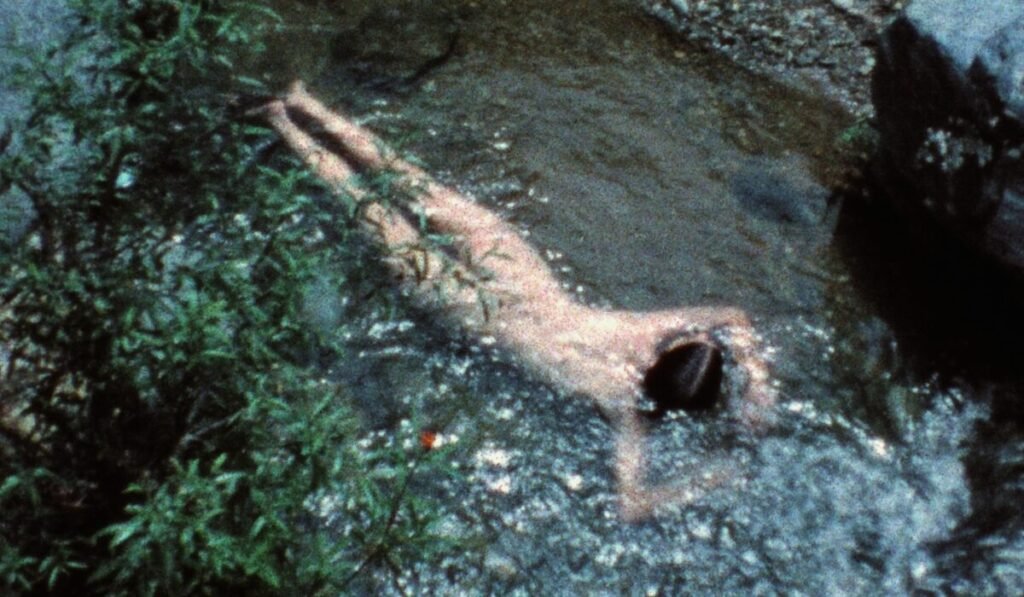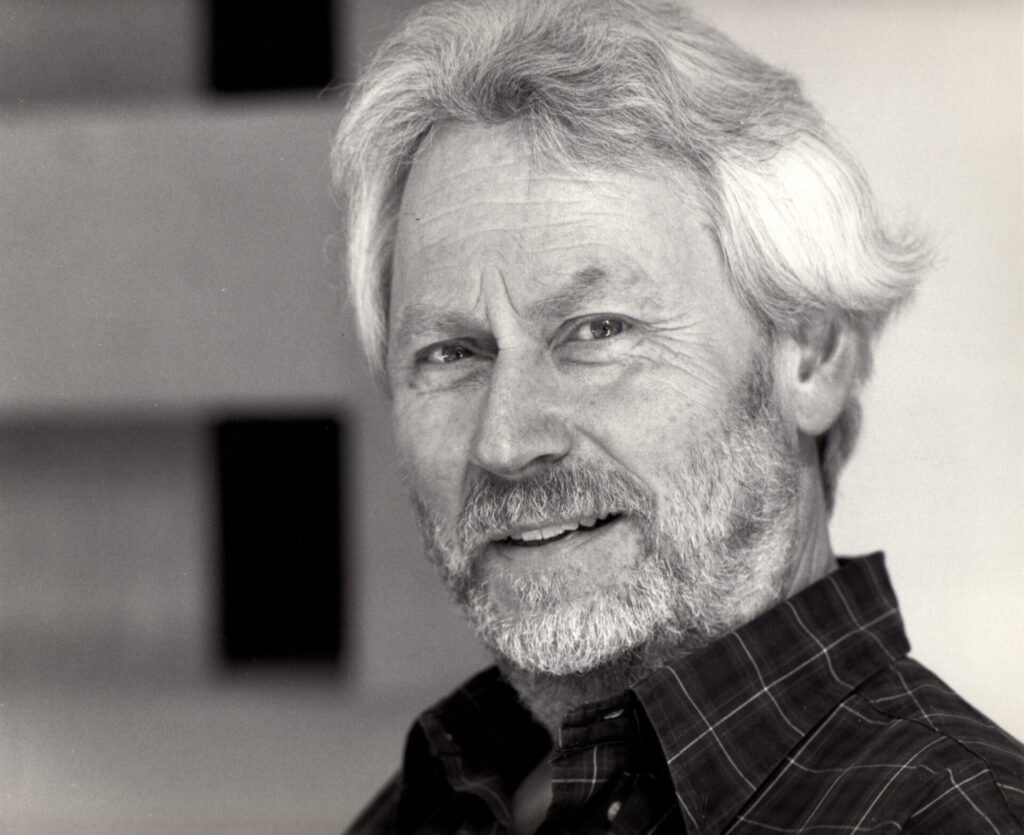Carl Andre emerged in the 1960s as a sculptor who eliminated narrative and biography in favor of literal material presence. His floor sculptures, made from common bricks or metal plates, define minimalism as a practice of radical reduction. In this approach, the viewer is invited to step onto the artwork and become part of its subjectivity in transformation.
Sculpture ceases to be an object passively contemplated on the margins of experience and becomes a plane of immanence where the boundary between subject and object disappears. With this, so, Carl Andre proposes a new mode of sensory perception, grounded in the literalness of matter and the direct participation of the viewer’s body.
Sculpture as Craft and Process
For Carl Andre, the notion of the craftsman reveals his intent to inscribe manual labor as a condition for the artwork’s existence. By calling himself a craftsman, he rejects the romantic myth of the individual genius and anchors his practice in the traditions of ceramics and masonry. This invocation of craft elevates the common brick or metal plate to the status of an index of human labor.

Firebricks, 137 × 120 × 12 cm; Tate Gallery, London. Photo: Tate Gallery.
Andre’s sculptures do not conceal technique beneath layers of authorship. On the contrary, they expose the gap between material and maker. So, this exposure leads to a deliberate absence of personal subjectivity. His surfaces appear as literal assemblages of identical units that resist metaphor and symbolism. As a result, the sculpture avoids singular interpretation and acts as a mirror in which each participant projects their own gesture.
Carl Andre: Participation, Protest, and the Dissolution of the Self
The absence of symbolism enhances the viewer’s presence, as their movement across the grids of bricks or plates activates the work. The act of walking becomes a form of engagement. Notably, during political and feminist demonstrations, activists used Andre’s installations as platforms for resistance, deliberately stepping on the sculptures and converting them into stages of protest.
This performative appropriation illustrates how bodily interaction can dissolve authorship. The sculpture no longer belongs to the artist, nor remains a static object. It becomes a shared field in constant recomposition. Carl Andre, while erasing his ego from the work, affirms the primacy of material presence. In this radical paradox lies the strength of his creation: by dissolving the subject, an expanded subjectivity emerges through direct contact with literal matter.



